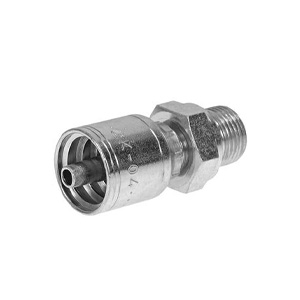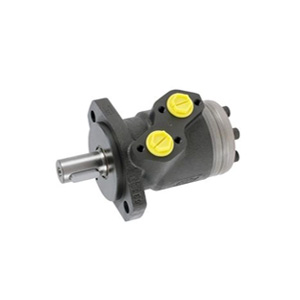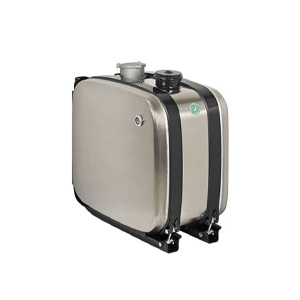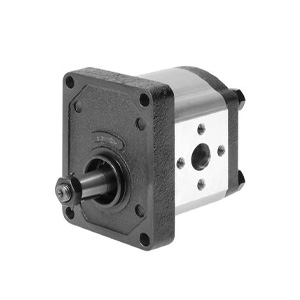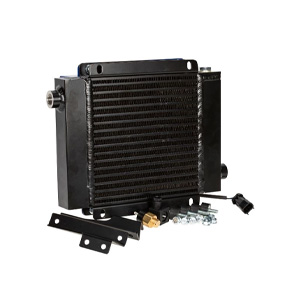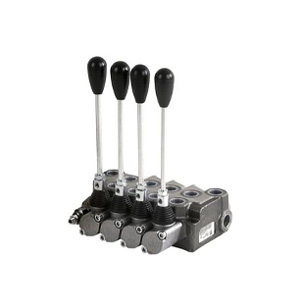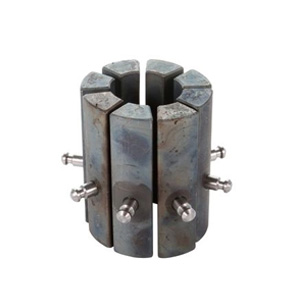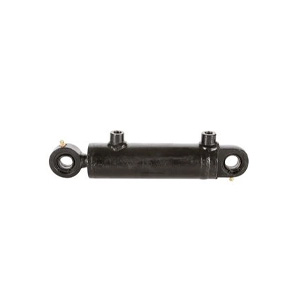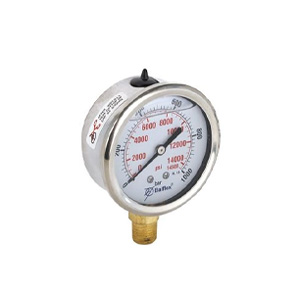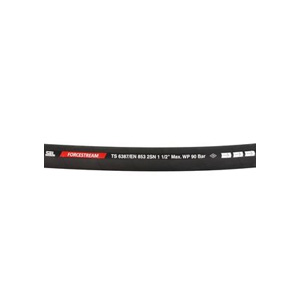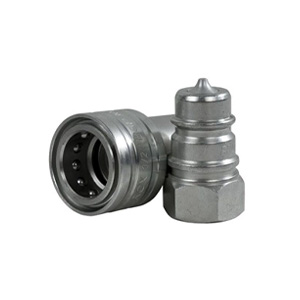The hydraulic system consists of three main parts: the pump, the cylinder, and the control valve.
The pump draws liquid from a reservoir and delivers it to the cylinder. The cylinder contains a piston that moves back and forth, generating the force needed to operate the tractor's components. The control valve regulates the flow of liquid between the pump and the cylinder.
The hydraulic system relies on the principles of fluid pressure and fluid flow to function. When the pump is activated, it creates a pressure difference between the reservoir and the cylinder. This pressure difference forces the liquid to flow from the reservoir into the cylinder.
As the liquid enters the cylinder, it pushes against the piston, causing it to move. The force the piston generates depends on several factors, including the piston's size, the amount of liquid flowing into the cylinder, and the pressure difference between the reservoir and the cylinder. By adjusting these variables, the operator can control the amount of force generated by the piston. The direction of the force generated by the piston can also be controlled.
A hydraulic system, also known as hydraulics, is a device that uses liquid power to create force and motion. In a tractor, the hydraulic system is used to operate steering, brakes, and other components. The hydraulic system consists of three main parts: the pump, the cylinder, and the control valve.
The pump draws liquid from a reservoir and delivers it to the cylinder. The cylinder contains a piston that moves back and forth, generating the force needed to operate the tractor's components. The control valve regulates the flow of liquid between the pump and the cylinder.
A hydraulic system in a tractor uses fluid to transfer power to linear motion. The fluid is typically oil and is pressurized through hoses by a pump. The pump can be operated manually or automatically. When the pump is activated, it pushes up the oil and forces it through the hoses. The hoses are connected to cylinders that use the oil pressure to create linear motion.

